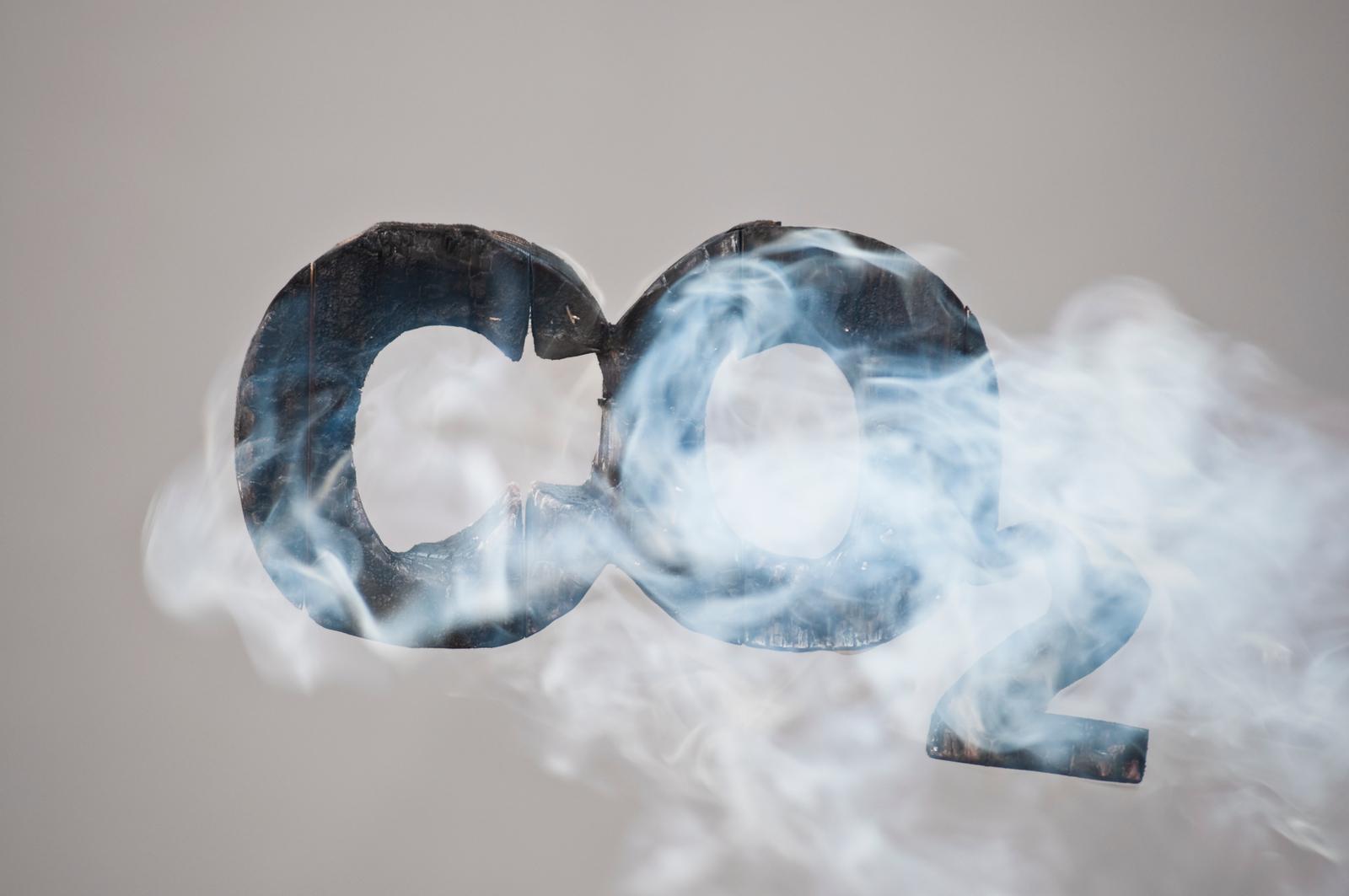
Responsibility for CO₂ in the chain
The Longship CCS project is the first of its kind in the world, and the only CCS project under construction in Europe. The project consists of the two capture operators Heidelberg Materials (ETS sector) and Hafslund Oslo Celsio (non-ETS sector) and the transport and storage operator, Northern Lights. Being the first project of its kind …



